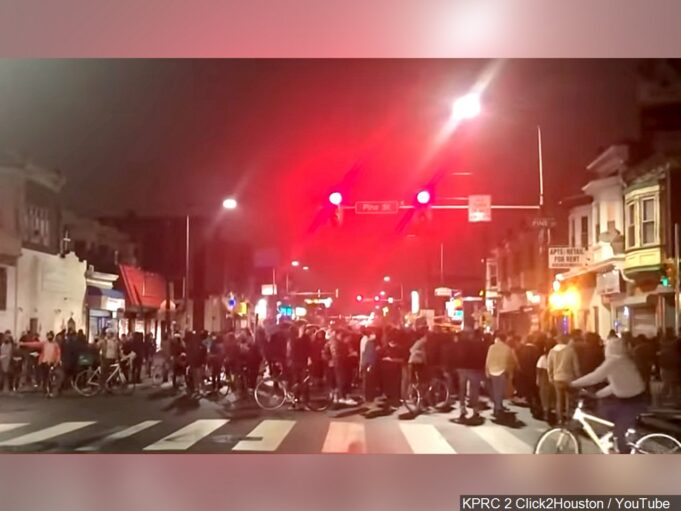PHILADELPHIA—West Philly, as it is affectionately called, is a predominately Black, homeowning, middle class neighborhood. It has also witnessed some of the most heinous cases of police brutality in city history, from the bombing of the Move organization resulting in the death of 11 people including five children to the outright killing of a pizza delivery man by plainclothes officers.
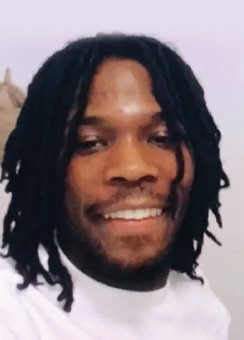
Now the city grapples with the police shooting of Walter Wallace, Jr., a family man and father of eight that took his life.
Mr. Wallace was in the throes of mental health distress Oct. 27. His condition warranted an immediate psychiatric evaluation and possible hospitalization under the law. What he got was shot 14 times by the police. Instead of a trip to the hospital, he got a trip to the county morgue. The shooting witnessed by his mother and nine-month pregnant wife and neighbors. They pleaded with the responding officers not to shoot him.
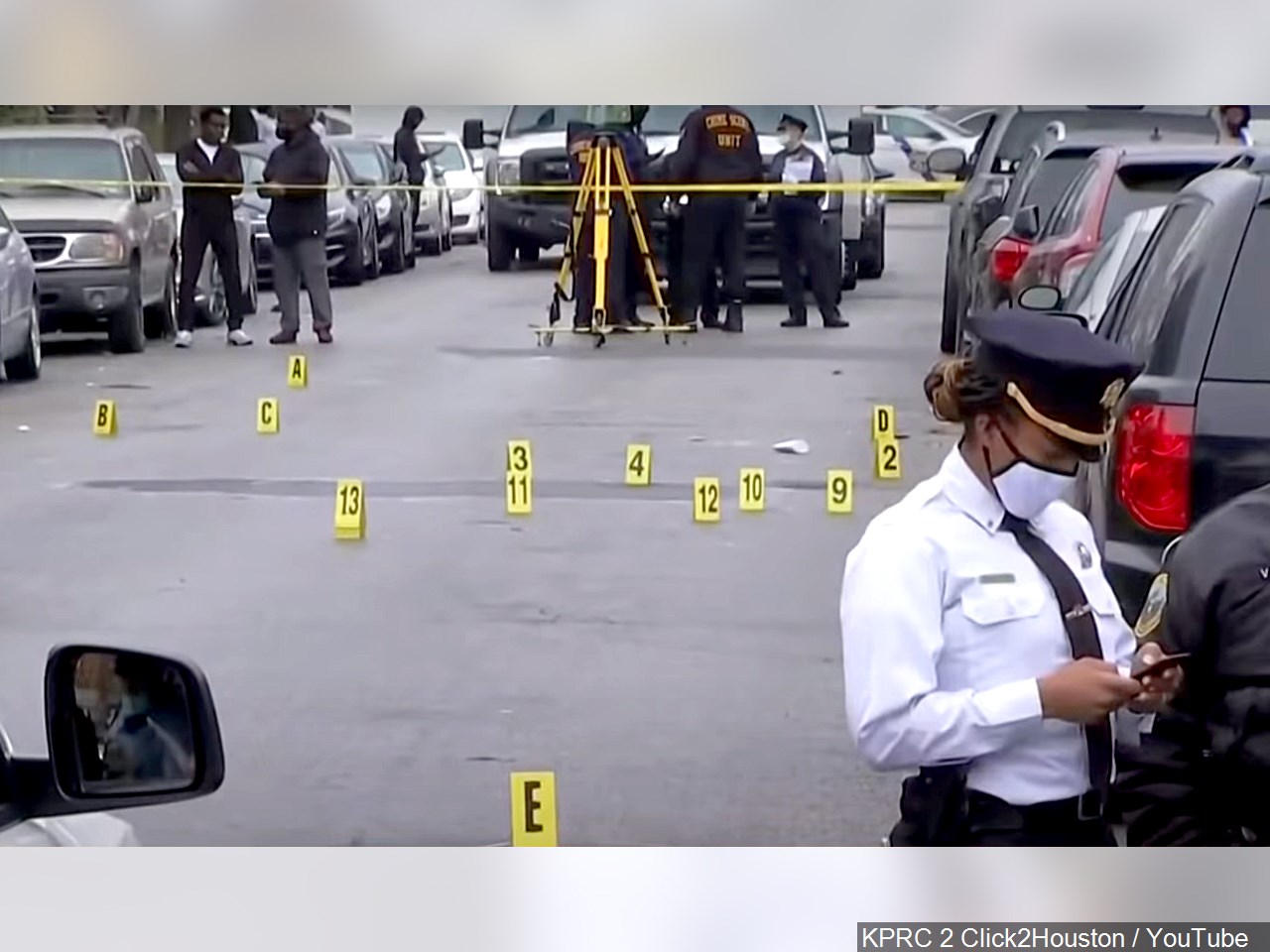
The police had been called to his home twice earlier in the day. Still trying to resolve her son’s distress, his mother phoned for an ambulance later that afternoon when the two unnamed White police officers arrived instead, finding Mr. Wallace on his front porch with a kitchen knife. The two drew their guns and demanded Mr. Wallace drop the knife. When he failed to comply, instead approaching them, they opened fire, blasting him into the next life.
Mr. Wallace’s situation was a perfect storm of poor communication between police and mental health needs exacerbated by ill-equipped, possibly not well-trained police and disrespect for the Black community. According to experts, adults with untreated severe mental illness account for one in every four fatal police shootings. “Persons experiencing mental health or substance use crisis may end up in confrontations with law enforcement personnel which have tragic outcomes,” observed Mental Health America.
Shaka Johnson, a criminal defense lawyer representing the family, said in a press conference that Mr. Wallace was prescribed lithium, which is primarily used to treat bipolar disorder and major depressive disorder.
He said Mr. Wallace’s family called 911 for an ambulance to help a young man in crisis. Police arrived first, he said, and Mr. Wallace’s wife told officers that her husband was bipolar.
Another issue is the police who arrived at Mr. Wallace’s home did not have Tasers, which could have been used as a non-lethal tool during the confrontation. Attorney Johnson in an Oct. 29 press conference repeatedly criticized the officers for pulling their guns too quickly. But, he said, the biggest failure was that of the city, in not equipping all police officers with Tasers.
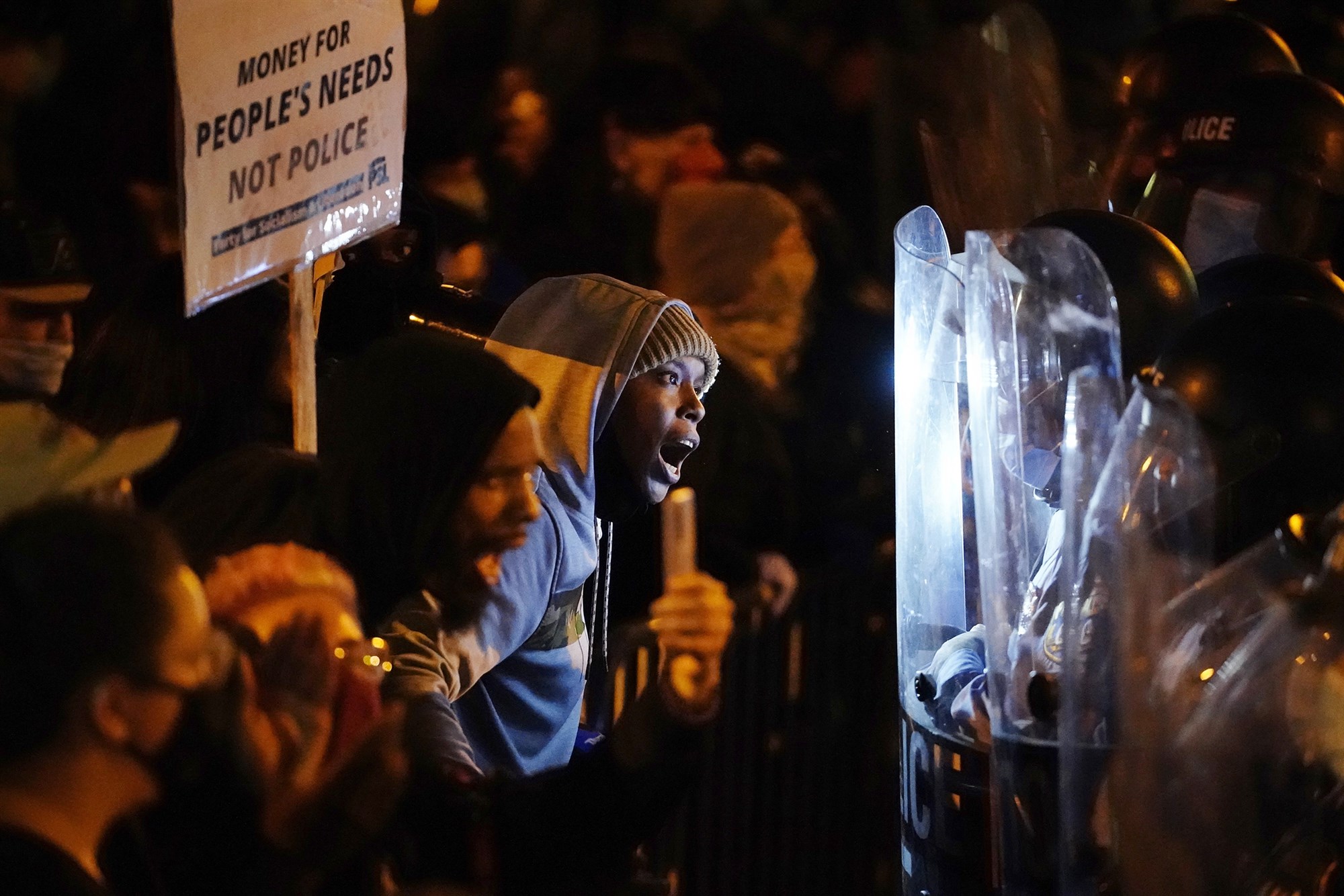
According to executive director John White, three short days before Mr. Wallace’s fatal police encounter, he was treated at the West Philadelphia Consortium, a mental health crisis response center. “He regularly used the outpatient center’s services and had recently resumed treatment,” Mr. White said.
Mr. White pointed out that no formal relationship exists between the crisis units and the police department, something he said he has insisted be formed for months. Mr. White said the Consortium has relied on their outreach to police. Sometimes, officers who know about their services will call them directly when responding to a mental health crisis, he said.
A community already suffering from years of anger, grief, and trauma was outraged by the shooting, started with peaceful protests and morphed into police confrontation and unrest. At the request of city officials, Gov. Tom Wolf mobilized the National Guard in response to civil unrest that erupted and included looting and injuries to police officers. Officers were hit with bricks and other objects. The police department reported Oct. 29 that it had made 212 arrests tied to unrest since Oct. 26, the majority for burglary. It reported 57 officers injured, and 18 police or fire vehicles damaged. One cop suffered a broken leg after being hit by a truck.
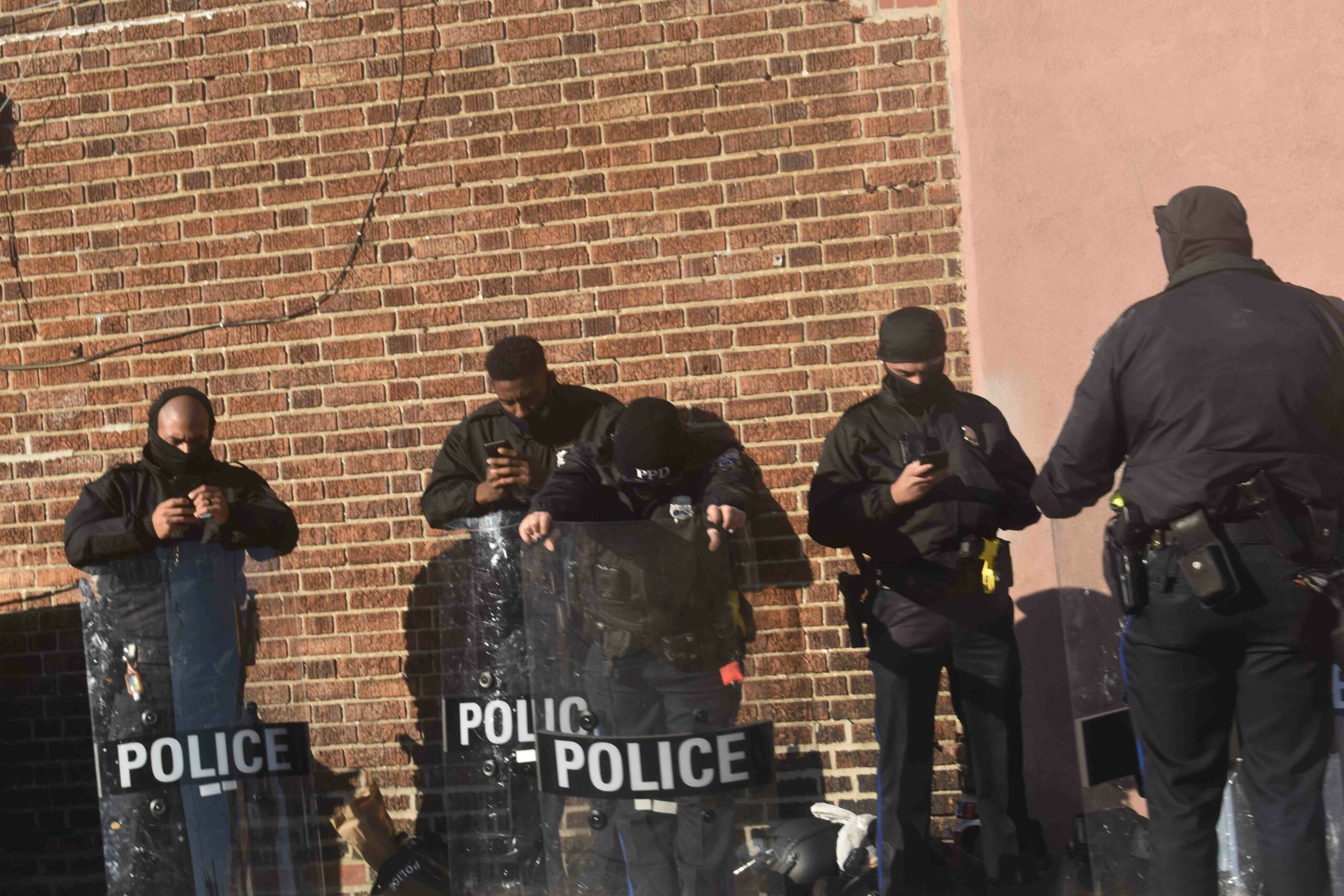
Once again, arguments arose over the difference between acceptable peaceful protest and unrest and mayhem—and many saying they didn’t understand the connection between protests, looting and destruction of property. Others argued violent injustice brings retribution. As pointed out by Holger Hoock in “Scars of Independence: America’s Violent Birth,” the model is found in the American Revolution against Britain. Compared to the response by so-called patriots, protesters breaking into a few stores is child’s play. He wrote, “Gangs prowl the streets, armed with improvised weapons, hunting political opponents, whom they often scourge, sometimes hang and occasionally burn … .”
“As decades became centuries, the concerted efforts of survivors, descendants, scholars, and even congressmen washed the United States clean of its origins in violent internecine struggle,” he added.
District Attorney Larry Krasner—who since taking office three years ago has charged two former officers with murder over on-duty shootings—said his office was in the early stages of determining whether Mr. Wallace’s death would merit charges. “We are not out to cover for anybody,” Mr. Krasner said. “We are not out to get anybody.”
During a news conference, police commissioner Danielle Outlaw said the department was “still backtracking to find out what the officers knew” when they arrived at Mr. Wallace’s house on the 6100 block of Locust Street. Commissioner Outlaw also said a new city program to put a behavioral health specialist in the police dispatch center operates during limited hours. The assigned counselor was not in the radio room at the time of the afternoon call regarding a disturbance at Mr. Wallace’s house. She pledged to release 911 calls and body-worn camera footage of the police shooting of Walter Wallace Jr., in a bid to end the unrest that had plagued West Philadelphia for successive nights after the death, which a bystander captured on video and which went viral.
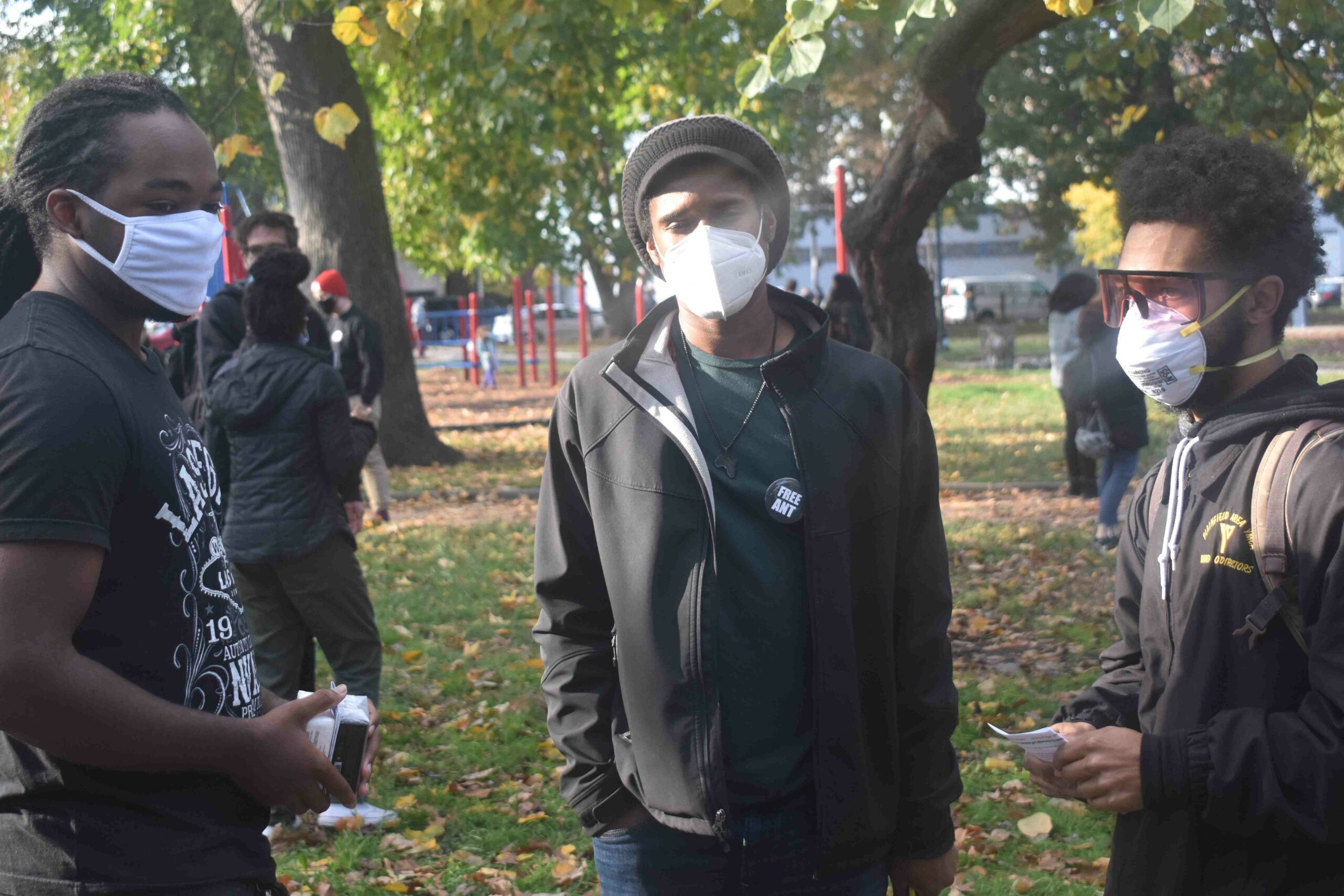
John McNesby, president of the Fraternal Police Order of Lodge 5, said the officers’ union was “calling on the leadership of the city to release the facts” concerning the police shooting of Mr. Wallace.
“It’s not hard; it’s cut-and-dry,” Mr. McNesby said. Mr. Wallace ignored commands to drop a knife and lunged toward police before they opened fire, he said. It was a situation in which police are trained and legally justified to shoot, he said.
“He left the officers no choice,” Mr. McNesby said. Police “don’t look to go to work to hurt anybody. But they also want to go home safe at night while protecting the community.”
Mayor Jim Kenney announced a 9 p.m. citywide curfew, which was in effect for only that one day. In a statement, he said, “My prayers are with the family and friends of Walter Wallace. I have watched the video of this tragic incident, and it presents difficult questions that must be answered. I spoke tonight with Mr. Wallace’s family and will continue to reach out to hear their concerns firsthand, and to answer their questions to the extent that I am able.” The mayor also promised a “full investigation.”
While the narrative is being spun from police violence to city incompetence, MOVE member and leading advocate for the freedom of Mumia Abu Jamal Pam Africa lives across the street from Mr. Wallace. She told The Final Call, “It was a case of cold-blooded, premeditated murder. I’m not talking about somebody who heard or saw something on TV. The brother was killed in front of my door.”
“A whole lot of cops came the first two times that day,” she said. “So they knew what the problem was. When the two cops came the third time, they had their guns drawn, and the mother was telling them they were antagonizing the situation and to put the guns down. She asked them to call their supervisor and let them know the situation; she begged and pleaded with them. It seemed like the cops came to kill, not to deal with a situation where you needed conflict resolution.”
“This was the manifestation of all what Honorable Elijah Muhammad was talking about. When you can really unleash such a barrage of bullets into a human being, without any thought of that person, his mother, his father with his wife and with the community watching, you murder him,” said Stanley Crawford, president of the Black Male Community Council during a Final Call interview. “We keep trying to get the goodness out of something that there’s no goodness in.
“We are in such a vulnerable state as a Black community because of a lack of concern from those who have the responsibility to serve, protect, and guard the community. It’s just the same soup warmed over for 400 years. We’ve been going through this, murder, lynching, assassinated whatever you want to call it by the same people since we got off the boat,” he said.
Philadelphia NAACP President Rodney Muhammad told The Final Call, White police officers were in a Black neighborhood and ill-equipped to be there. “I mean that not just, being absent, a taser on your tool belt, but also they’re absent the real psychology to deal with the culture and subculture of Black inner-city life,” he said.
“These officers, in my judgment from the initial footage I saw essentially they seemed to be frightened, that’s why they unleashed so many shots. At the very least, some officers should not be on the force. I don’t believe it in the way of malice, but just a need that they’re not equipped, young White men, knowing nothing about this environment. They’re not equipped to be police in an area like that.”
“Mental health is growing in our community. There needs to be other special units and numbers that can be called to bring people out to address these issues. So Mr. Wallace’s family is trying to get him to the hospital in a controlled environment, and everything just went south. So rather than going to a hospital, he went to the morgue,” said Mr. Muhammad. “It’s unfortunate, the news showed the video of a White man with a knife confronting police, and they found ways not to kill him but to subdue him. There seems to be a tolerance level that kicks in when the assailant is White. There seems to be a patience exercise. And, what’s it called de-escalation skills, officers showed none for Walter Wallace,” Mr. Muhammad concluded.
The Wallace family lawyer said they do not believe the officers should be charged with murder in the case but are awaiting the outcome of the investigation.
At least 30 officers were hurt in Philadelphia during clashes with protesters after police shot Walter Wallace, Jr.












